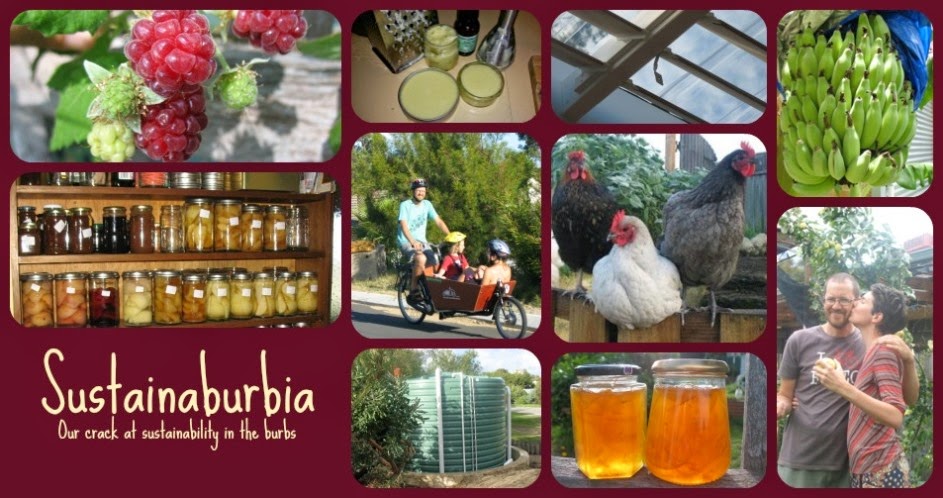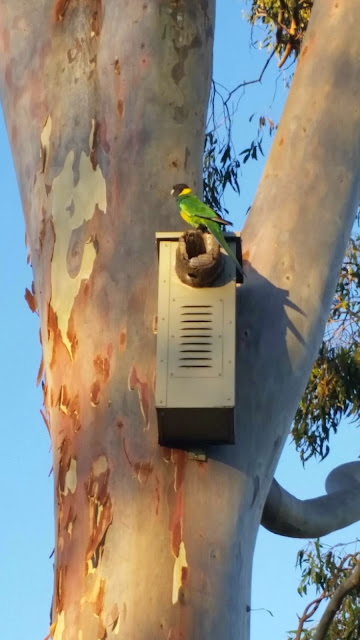So, what
is downshifting? Well firstly it has nothing to do with changing gears in a
car. Downshifting is when someone voluntarily decides to either work less or
work in a lower stress job. Amy and I have been attempting to downshift for
years now and I think we've got a good balance now. Amy has gone from full time
to 0.6 and then 0.5 and I've gone from full time to 0.9 and just this week
started to work 0.7. This means I work 3 days one week and then 4 days the
next. Sure, we get paid less but we'd rather be time rich and ok money wise than
time poor and rich. It makes a lot of sense for us since we have secure jobs
and we live in the richest city in one of the richest countries in the world.
At work people have been saying how lucky I am and how I'm living the dream and
it made me think why don't more people do it?
I think one of the reasons is that bosses are too
inflexible and employees are afraid to ask or are afraid they'll slip down the
career ladder or won't earn enough to afford the nice things in life. There's a
great book called
Affluenza: When too much
is never enough, by Clive Hamilton and Richard Denniss. They define Affluenza as "1. The
bloated, sluggish and unfulfilled feeling that results from efforts to keep up
with the Joneses. 2. An epidemic of stress, overwork, waste and indebtedness
caused by dogged pursuit of the Australian dream. 3. An unsustainable addiction
to economic growth". Sound familiar? It's a great book and I recommend you
read it. The thrust of the book is that people are working longer hours, with more stress and that is impacting on their health, relationships and general quality of life.
A 2009 survey of 450,000 Americans found that the optimum income for happiness was $75,000 a year. "As people earn more money, their day-to-day happiness rises. Until you hit $75,000. After that, it is just more stuff, with no gain in happiness" (see this blog post for more info). Earning more could even make you less happy. To get that promotion
do you need to work longer hours or miss out on some leave? Do you need to deal
with more stress and take work home with you? Is it really worth it if it
doesn't increase your well being?
Where did
the 40 hour work week even come from? I read an
article by David Cain recently which
said it originates in the mid 1900's as a way to stop exploitation of workers
doing 14-16 hour days. So why hasn't it changed in the last 150 years? Cain's
theory is that it's because it's good for the capitalist economy. People who
are tired, time poor, cash rich and unfulfilled need to have a release and the
way they do that is by buying stuff they don't really need but that fills a
whole in their lives. It may be a jet ski, a new 4WD or a quick trip to Bali
and it keeps the wheels of industry turning. But we're not hamsters so you can
jump off the wheel if you want!
So here's
my to call out to employers and bosses. The next time someone asks you if they
can work part time please say yes instead of the default no. Yes Jill, why
don't we give it a try and see how it goes? Jill will be over the moon and work
harder for you. You might even find that she does the same amount of work in
less time (the average office worker does 3 hours productive work in 8 hours).
Jill will be happier because she has more time for reading, yoga, etc. Husband
Jack will be happier because the kids are happier (more attention), the dog's
happier (more walkies) and because his wife's happier. Jack's thinking
"She's less stressed, more relaxed, she's lost weight. In fact she looks
pretty fit at the moment!" Now that can't be bad for a relationship can
it? It's a win win situation, Jill's happier and her boss is saving the
business money. She might even stay with the business longer and save them
heaps more by avoiding recruitment and training of new people.
There's a
chance that things slip at work and the boss says you need to go back to full
time, but it was worth a try. How about this radical solution though, the boss
says to Jill how about we hire a new part timer? Bob is an environmental
scientist who's been unemployed for a year and gets the job. He's been
depressed and stressed working 40 hours a week applying for non existent jobs
for heaven's sake.He's over the moon to get a new job and realises he never
liked full time work that much. His partner Jim's happy too, but
enough of that...
Now isn't
that cool, making many people happy for the price of one!
Here's my
call to employees. Ask your boss if you can go part time if you want to. If he
says no, just nag him until he says yes. Tell him to read this post, tell him
about Jack and Jill for Pete's sake, he'll get it. Don't be afraid about money,
you'll probably be ok and you won't regret it.
But wait
a minute say the naysayers. There's a catch, it's bad for the economy.
The economy is the most important thing in the world ever as our
politicians like to preach. Well I'm not an economist but it seems we're always
going on about productivity. How is it good for productivity for someone to get
paid for 8 hours work and do 3? Isn't it more efficient to work less but
better? Sure, there may be a drop off in jet ski sales, but big deal. Maybe
we'll get the next GFC a bit sooner this way but I kinda think we need it for
the planet's sake. Most consumerism drives climate change, creates waste and
pollution and we or following generations will be hit with the bill sooner or
later. Why not give Mother Earth a break and bring it on. So I say nay to the
naysayers!
I plan to
do more of the stuff I enjoy, like gardening, walking the dog, blogging (I
wrote this post on my first day off!) and spending time with my son and heir
(his inheritance may be smaller but he'll be happier). Have you ever had a weekend and on Monday thought, gee i need a weekend to get over the weekend? Well I don't get that feeling anymore.
Haven't
we lost sight of what's important in life? Isn't it more important to be there
for a child's first steps rather than earning another dollar? Happiness is not measured by the amount of superannuation you have. Don't defer happiness until it's too late, live it now.Time is more
precious than money I say. Go on, whether you're a boss or a worker give it a
go. Work less, live more. Enrich your life not your bank account.
Happiness is contagious, go make some ripples...







